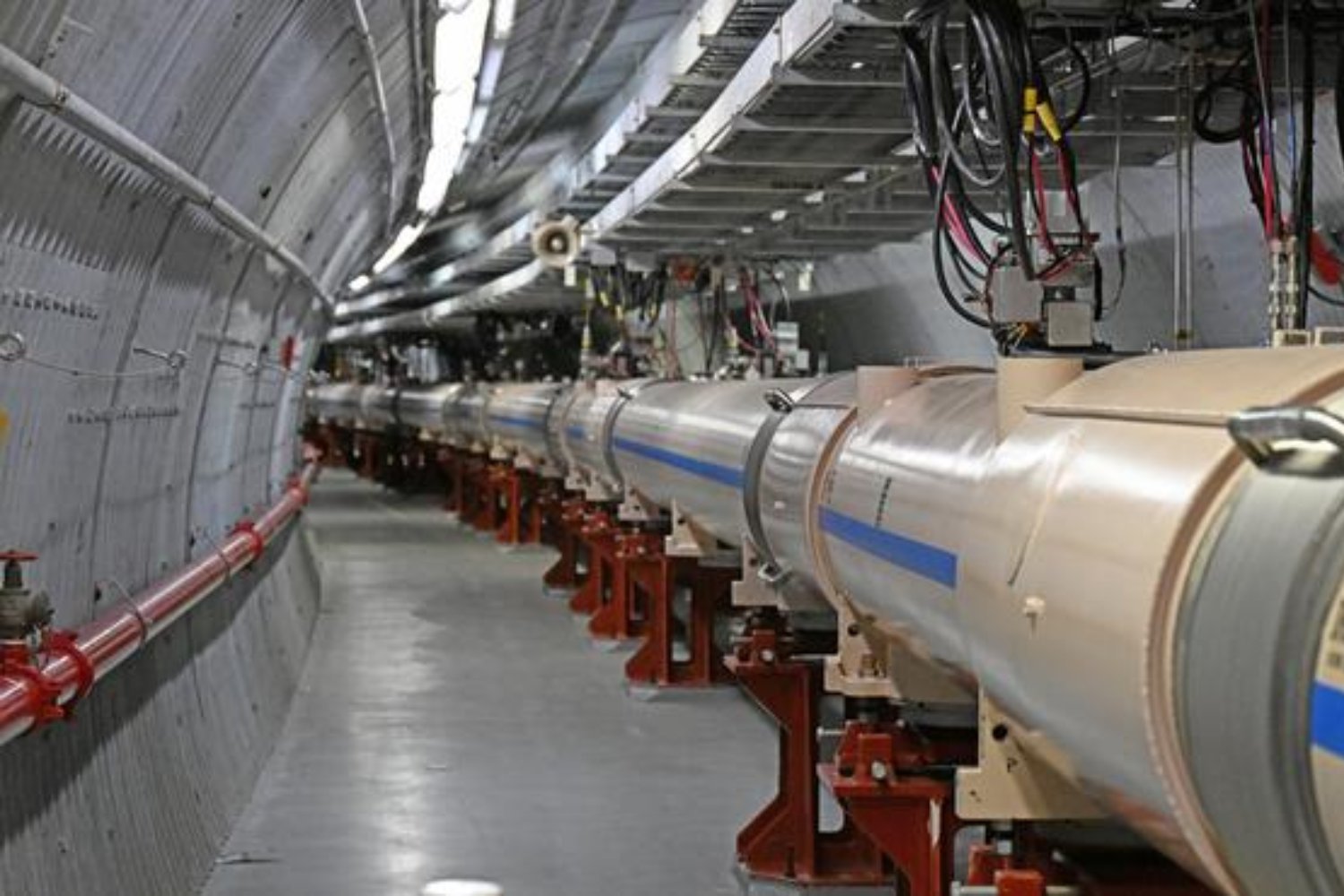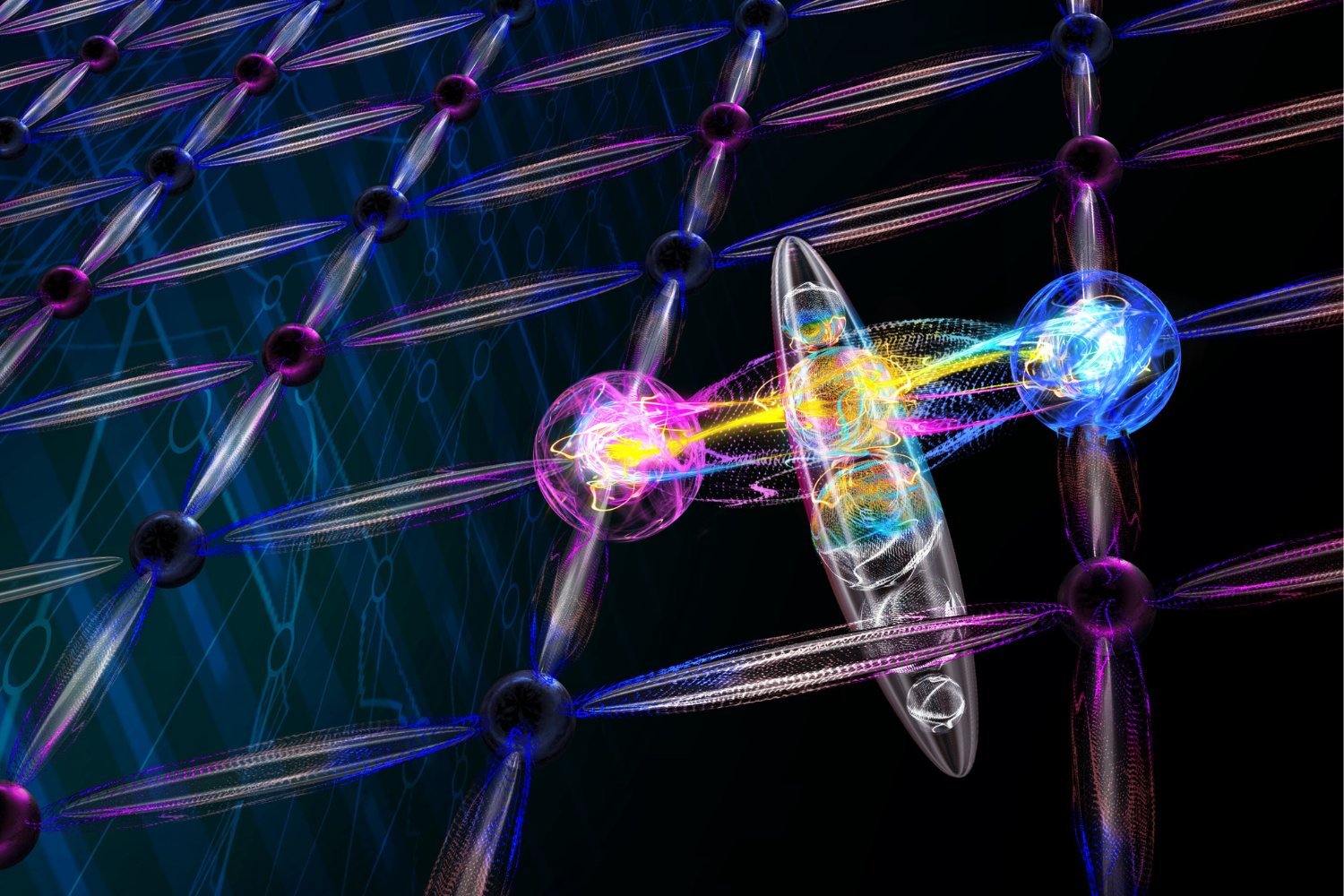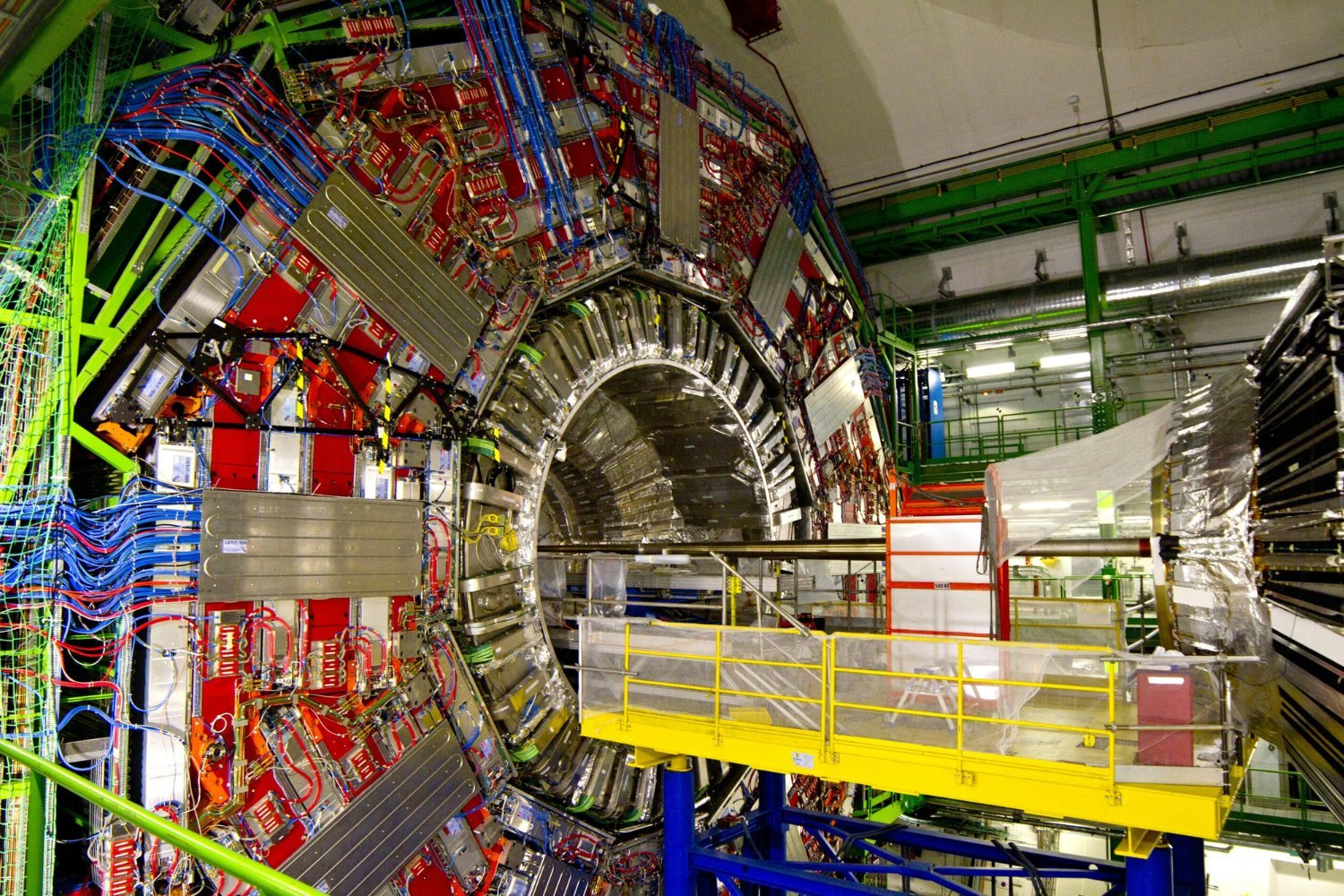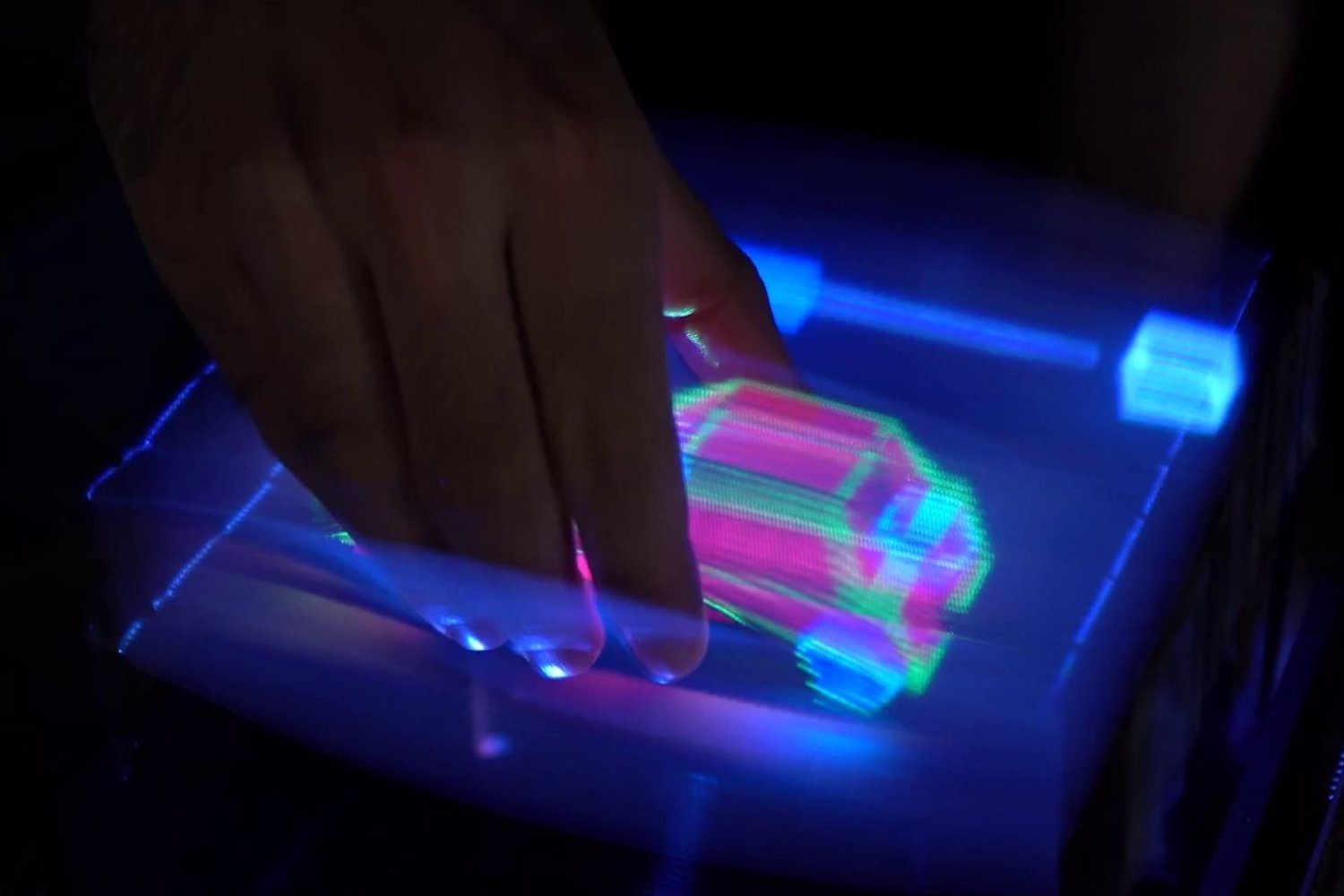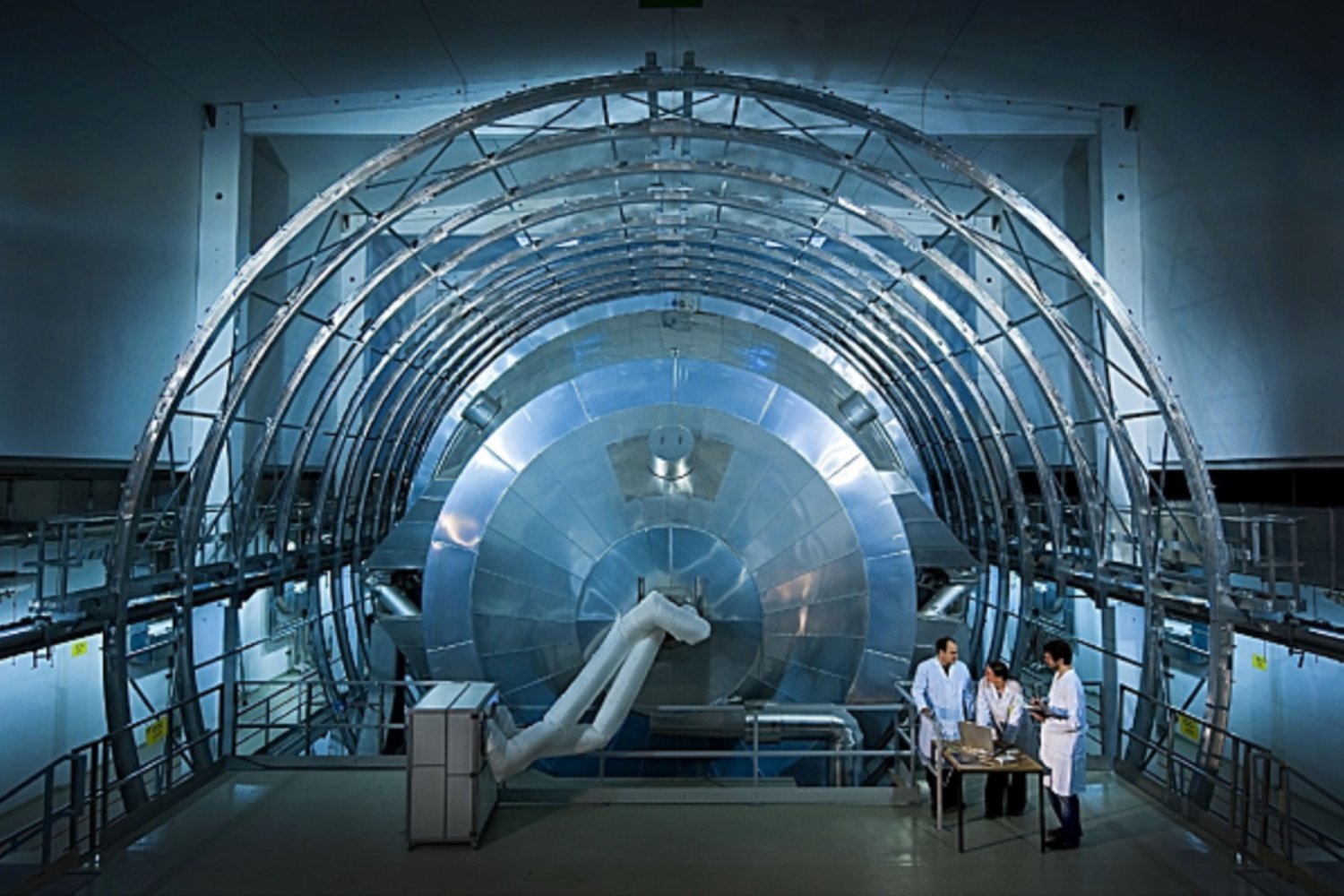After 25 years of groundbreaking research, the Relativistic Heavy Ion Collider (RHIC) at Brookhaven National Laboratory is embarking on its final run. This marks the culmination of a remarkable journey probing the quark-gluon plasma, a state of matter that existed microseconds after the Big Bang. The final run will pave the way for RHIC’s transformation into the Electron-Ion Collider (EIC), a next-generation facility poised to unlock even deeper mysteries of the universe.
RHIC’s legacy lies in its successful creation of quark-gluon plasma here on Earth. This achievement revolutionized our understanding of the early universe. “The original idea was to create this state of matter, and we did,” explains James Dunlop, Associate Department Chair for Nuclear Physics at Brookhaven Lab. “But the more interesting finding is that its properties were quite different from our expectations. It behaves like the most perfect liquid we know of.” This unexpected fluidity has profound implications for understanding the fundamental forces governing the universe.
RHIC’s Grand Finale: Focusing on Gold-on-Gold Collisions
For its final act, RHIC will focus on gold-on-gold collisions at energies of 200 billion electron volts. This intense collision energy allows scientists to recreate the conditions of the early universe and study the properties of the quark-gluon plasma. The collider will operate through June, pause during the summer months, and resume in the fall to complete data collection. Lijuan Ruan, co-spokesperson for the STAR detector, notes that the goal is to observe 10 billion events. The team will also utilize advanced sensors, or “triggers,” to capture events with high-energy particles, enriching the data set.
sPHENIX: Capturing Billions of Collision Events
Similar to CERN’s Large Hadron Collider, RHIC employs multiple detectors to analyze collision data. The sPHENIX detector will play a crucial role in this final run, aiming to capture data from approximately 50 billion collision events. This massive data set will provide unprecedented detail about the quark-gluon plasma and its behavior at different temperatures. Megan Connors, a physicist at Georgia State University and sPHENIX co-spokesperson, emphasizes that combining RHIC’s findings with data from the Large Hadron Collider will refine our understanding of this exotic matter.
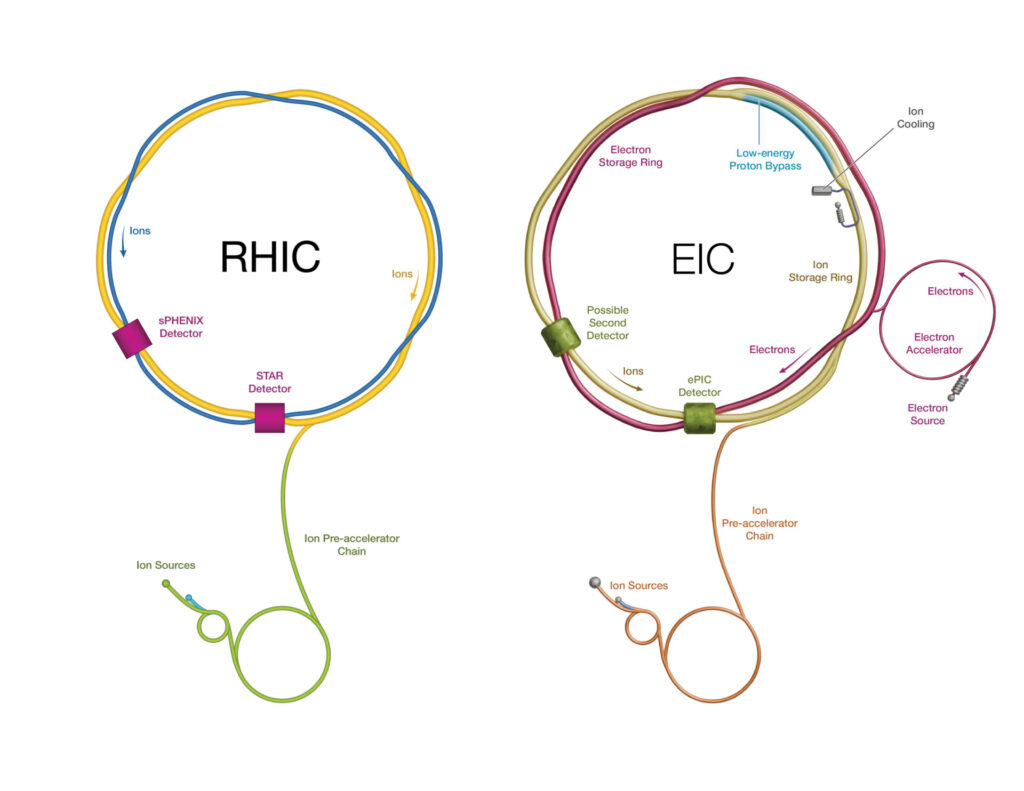 An artistAn artist’s rendering of RHIC (left) and the future EIC (right). Illustration: Valerie A. Lentz/Brookhaven National Laboratory
An artistAn artist’s rendering of RHIC (left) and the future EIC (right). Illustration: Valerie A. Lentz/Brookhaven National Laboratory
From RHIC to EIC: A New Era of Nuclear Physics
Following its final run, RHIC will be transformed into the Electron-Ion Collider (EIC). This new facility will utilize existing RHIC components and incorporate new electron acceleration technology. The EIC will delve into the inner workings of atomic nuclei, protons, and neutrons, focusing specifically on the strong nuclear force that binds quarks together. sPHENIX co-spokesperson Jin Huang highlights the transition from studying hot, dense matter at RHIC to probing cold nuclear matter at the EIC.
Conclusion: Unraveling the Secrets of the Universe
RHIC’s final run marks a significant milestone in nuclear physics. The data gathered will further illuminate the properties of the quark-gluon plasma and provide crucial insights into the early universe. The transformation into the EIC promises to unlock even more profound discoveries about the fundamental building blocks of matter. This continued exploration of the universe’s most fundamental mysteries underscores the importance of investing in basic scientific research.



